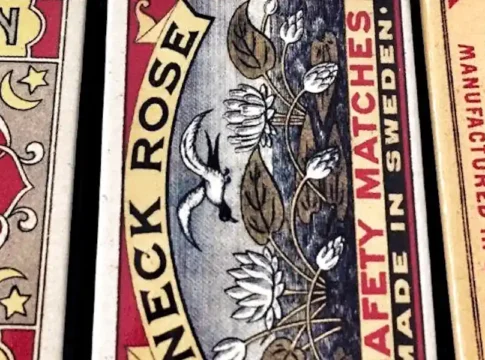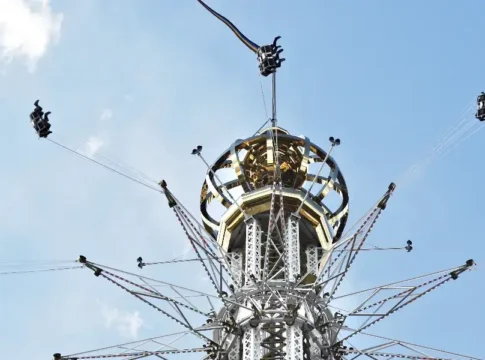The Vasa Ship: Resurrecting the Swedish Warship
The Vasa Ship Museum in Stockholm showcases the world’s only preserved 17th-century warship—the Vasa. This 69-meter vessel sank during its maiden voyage in 1628 and was salvaged in 1961 with 98% of its original structure intact. Adorned with intricate carvings, it offers visitors a powerful immersion into Sweden’s maritime past through interactive exhibits, historical films, and expert-led tours. A must-see blend of history, craftsmanship, and naval innovation.


A Journey from Tragedy to Triumph
Commissioned by King Gustavus Adolphus, the Vasa was constructed by master shipbuilder Henrik Hybertsson to assert Sweden’s naval dominance in the Baltic. Named after the ruling House of Vasa, the ship tragically capsized just minutes after launch due to critical design flaws—claiming up to 50 lives. Preserved in cold, brackish waters for over three centuries, the Vasa was salvaged in an extraordinary engineering feat in 1961.
Witness the Fully Restored Warship
The museum’s star attraction, the Vasa, stands in a custom-built hall with towering masts reaching its original height. Over 98% of the ship remains authentic, revealing fine details of 17th-century shipbuilding and naval strategy. Surrounding exhibits include recovered crew belongings, weaponry, and a reconstructed 1600s shipyard workshop that showcases period tools and craftsmanship.
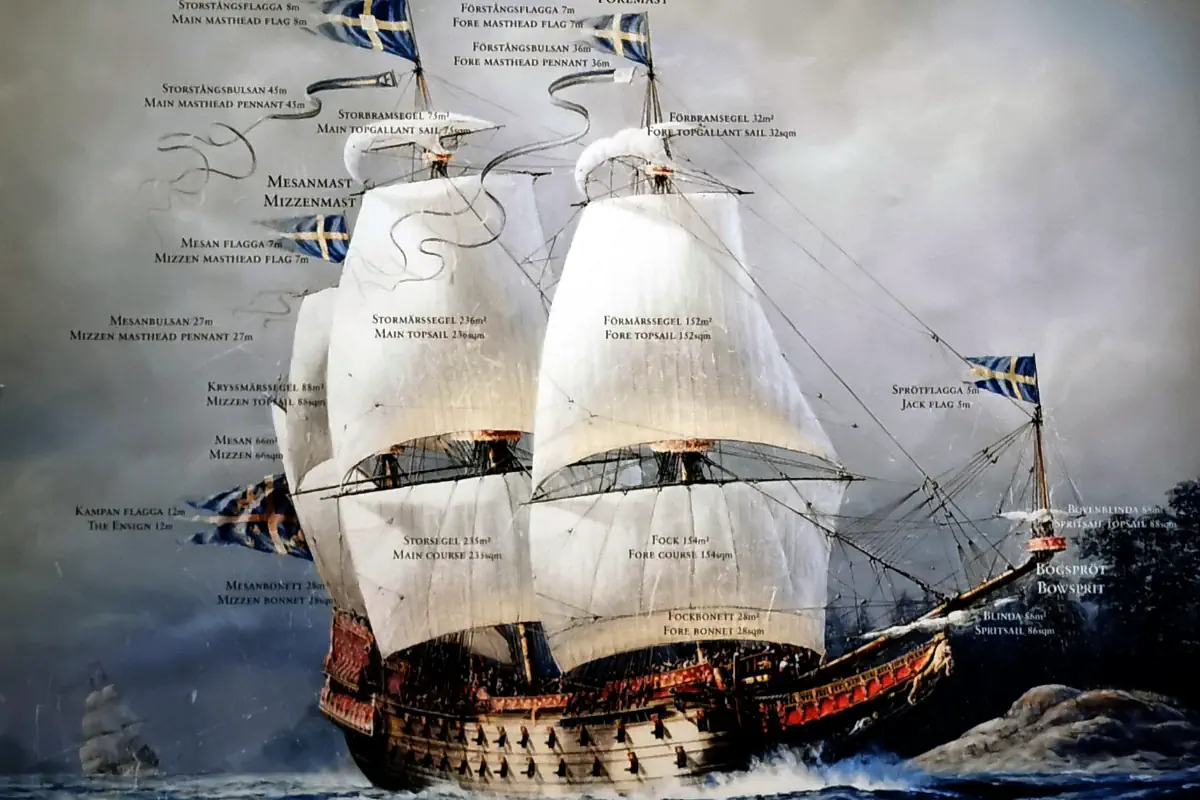





Engaging Exhibits
- 🎥 Multimedia & Interactive Displays: Experience shipboard life through films, multilingual audio guides, and tactile exhibits.
- 🧳 Artifacts & Scale Models: Discover everyday items, ship tools, and intricate scale models of the Vasa and its contemporaries.
- 🎓 Educational Programs: Participate in tours and workshops for all ages, illuminating the ship’s cultural and historical impact.
The Remarkable Salvage of 1961
The ship’s discovery and recovery were led by marine technician Anders Franzén, who used sonar and methodical dives to locate the wreck. Over two years, divers attached pontoons to the hull and slowly lifted it using compressed air—a historic maritime achievement.
Restoration and Preservation
After surfacing, the Vasa underwent meticulous restoration. Experts in marine archaeology, woodworking, and chemistry stabilized the vessel using polyethylene glycol treatments to prevent decay. Their decades-long work has preserved both the ship’s structure and its stories.


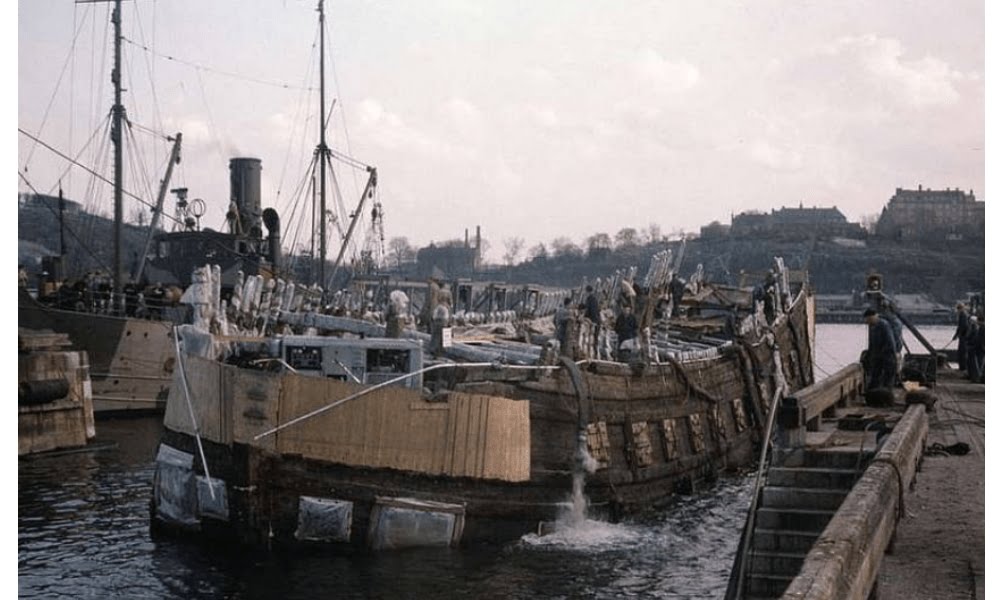
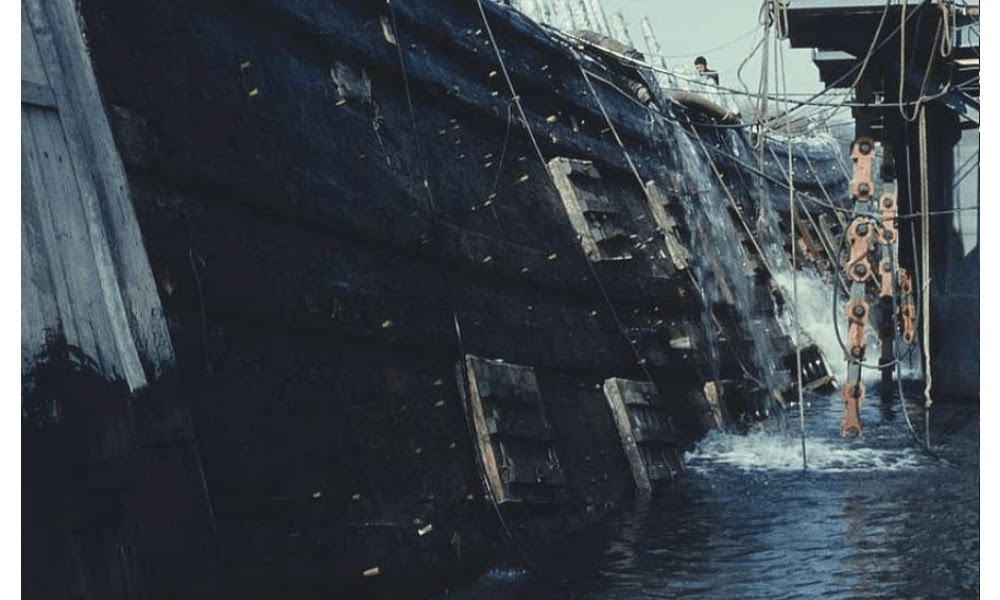

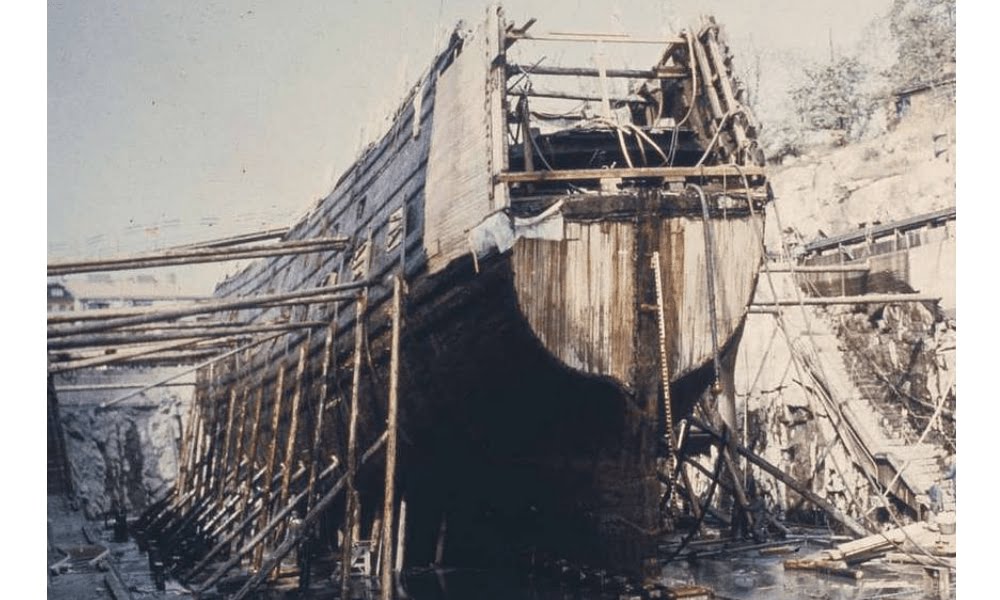


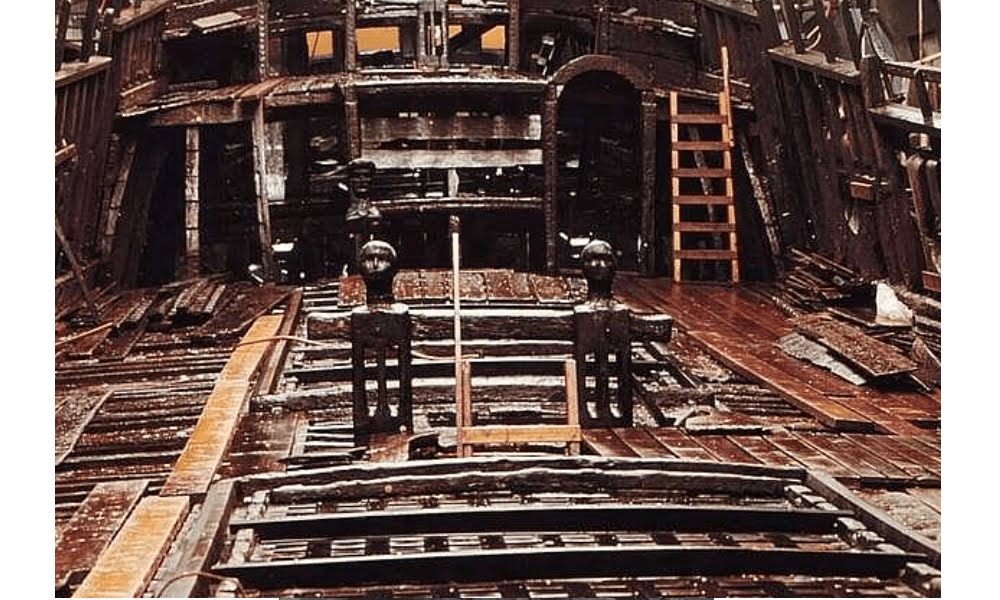
Conclusion
The Vasa Ship Museum is not just a maritime museum—it’s a tribute to Sweden’s naval legacy and a beacon of preservation science. Since its 1990 opening, it has welcomed over 25 million visitors, standing as one of Scandinavia’s most visited cultural landmarks.
🧭 Nearby Attractions
- 🏡 Skansen Open-Air Museum: Sweden’s oldest outdoor museum, with historic buildings and living history demonstrations.
- 🎨 Nordic Museum: Dedicated to Swedish heritage through art, fashion, and folk traditions.
- 🎢 Gröna Lund: Stockholm’s waterfront amusement park with rides, games, and live music.
- 📚 Junibacken: A children’s museum inspired by Astrid Lindgren’s stories, featuring interactive exhibits and storytelling adventures.
[amazon_ads store=”sthlmmm-20″ asin1=”B07N894N8B” img1=”https://m.media-amazon.com/images/I/61A0Ls45u+L._AC_SL1500_.jpg” title1=”Airfix Vintage Classics WASA 1:144 Military Naval Sail Ship” asin2=”1627798668″ img2=”https://m.media-amazon.com/images/I/A1DKhMwMvvL._SL1500_.jpg” title2=”The Sinking of the Vasa: A Shipwreck of Titanic Proportions” asin3=”1958094536″ img3=”https://m.media-amazon.com/images/I/81N20viIcLL._SL1500_.jpg” title3=”No Ship Sets Out To Be A Shipwreck”]


